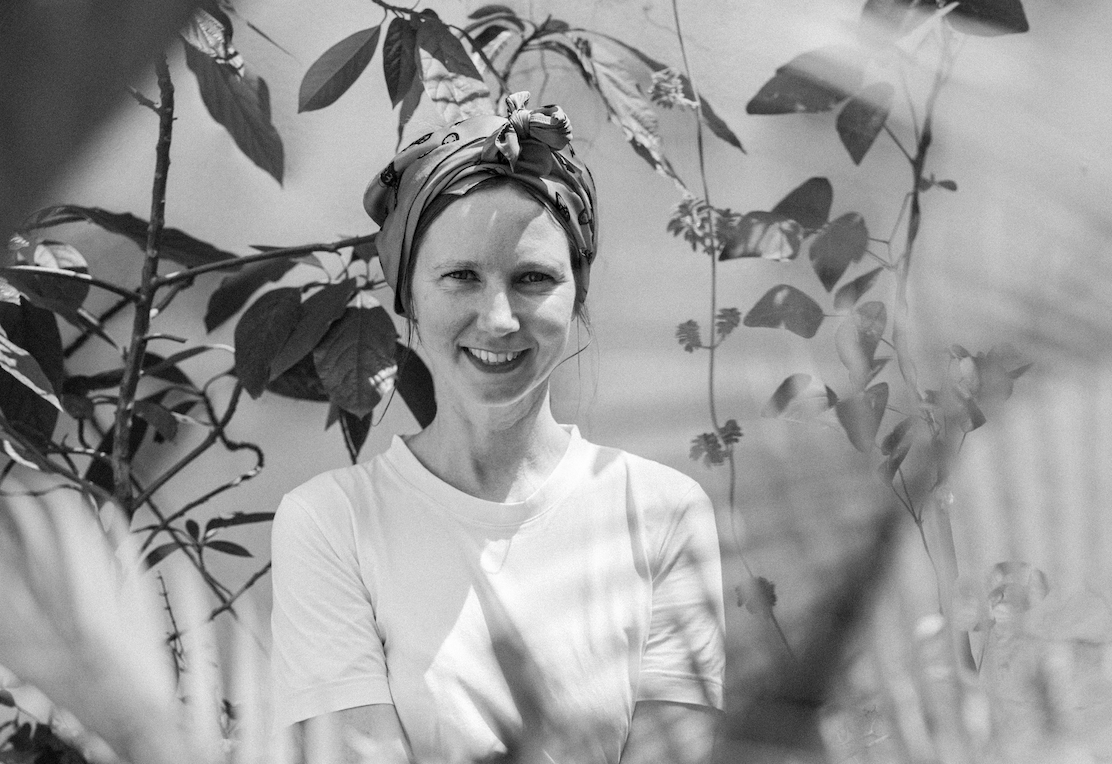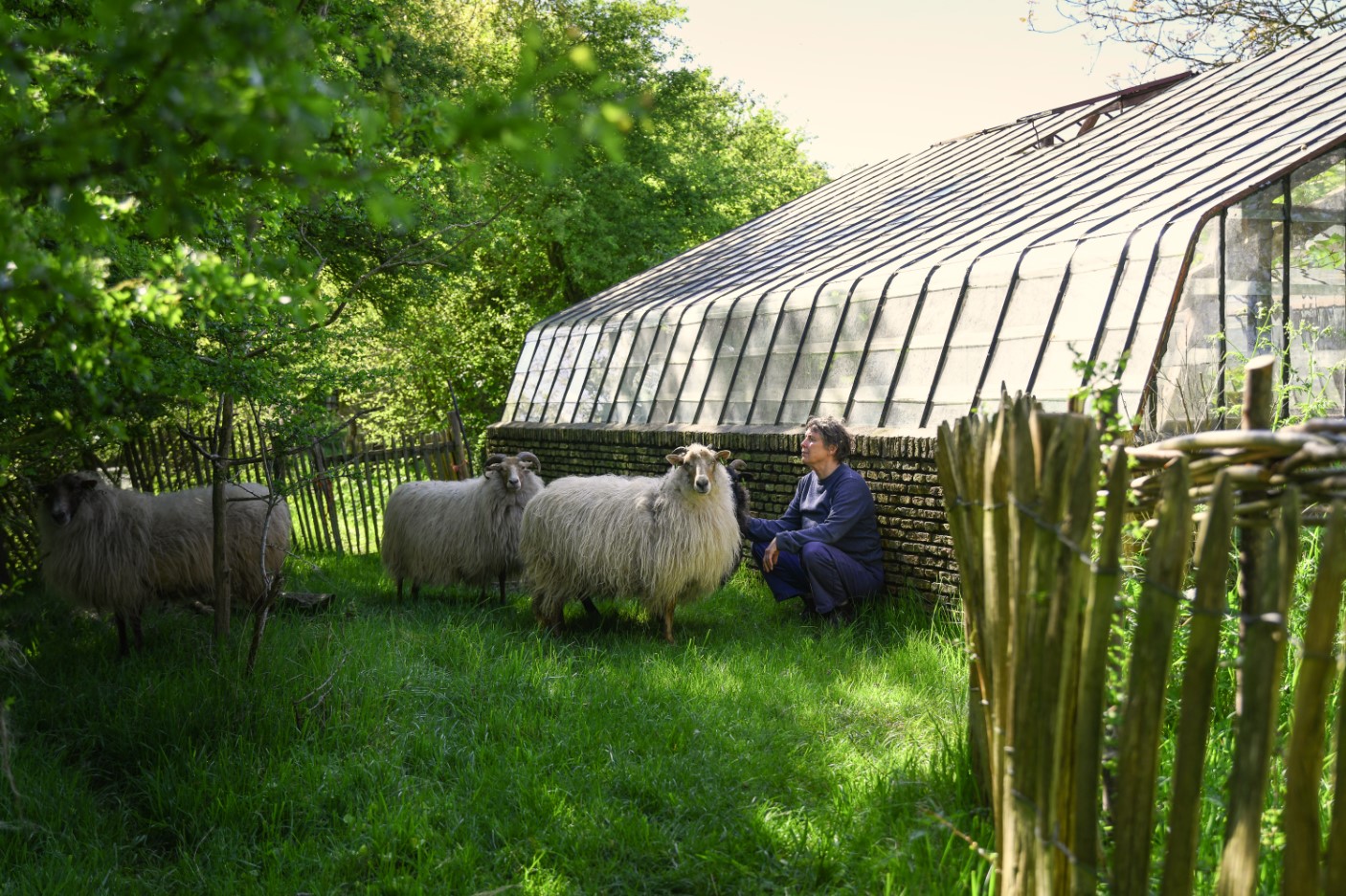► českou verzi tohoto článku najdete v 2. tištěném vydání Material Times
Without a virtual or material manifestation the final form of a finished product is not immediately obvious. Instead, contemporary architects and students in the given fields of research have been developing procedures, or a series of procedures, which encompass a complete design. As a student, I can understand the necessity of learning to use various software. It is easier to adapt to both the contemporary and future trends of interdisciplinary research – that is imperative, and the march of progress unstoppable. However, sometimes our roles as designers are not obvious and immediately comprehensible.
As architecture students and researchers, we are offered the opportunity to utilise various technologies and “smart” machines and materials. The key lies in their integration. The open-source community allows anyone to use parts of algorithms for any purpose. The design aspect involves robustly compiling such algorithms and using them in purposeful ways across our field. Traditional architects use archetypes and building materials and turn them into an innovative house or design. Similarly, coding and its range of languages and libraries creates or simulates according to the order or manner in which it is written. There is almost no invention – just integration. Moreover, such codes have allowed any architect or designer to gain an instant maker experience by having machines translate binary expressions into building pieces.
But what happens when an intention needs to be translated, or a design does not precisely rely on mechanical factors alone? Have computers taken over designs, or are they still guided by human instinct? A few decades ago, computers took over the job of hand-drawn plans and sketching, making it easier for designs to be precise, and to be revised, without enduring the process of remaking. Generative design and robotic manufacturing are now aiding the creation of several iterations originating from a single idea, thus generating a wide range of fabricable outcomes. This underscores the importance of using new technologies beyond industrial mass production, and demonstrates that parameter and rules sets, which are guided by the human intuition, can provide mass customized solutions.

The world is full of algorithms. For example, a smartphone can predict what app we might wish to use next. Sadly, a steadfast belief that constraints and generative design strategies can lead to better and more fulfilling designs is still present in today’s architectural discourse. As an architect/designer, one seeks to perfect the aesthetics and the function, working on and polishing these as much as possible in order to achieve an ideal result. Code works in a similar way. There is a constant process of debugging and rearranging so that the behaviour one seeks to impart to machines is indeed the one which is actually sought – even though we do not always retain control of the end result.
Not only does the contemporary architect rely on examples of classical architecture and existing design methodologies, but they can now also integrate advances in collective data processing and machine rendering in order to construct houses, buildings and cities. Machines such as industrial robotic arms work as multipurpose tools to help create and interact with materials at various stages of the process. The process of creating winding hyperbolic columns for the ICD/ITKE Research Pavilion 2013-14 upended existing notions of standard building materials and processes. Bricks and steel beams used to reinforce regular buildings were instead replaced by wound glass fibres, reinforced in specific areas by carbon fibres, to create light and geometrically intricate building components. An algorithm enabled the alteration of the winding matrix in the global design according to its structural necessity. It also enabled the adjustment of frames for formwork pair robots, working together, and reusing the same steel bars to create all 36 unique components. The finished components could subsequently be surveyed and measured with regards to accuracy, enabling revisions and the refinement of the production process. Moreover, rapid prototyping and sensor-based feedback allowed designers to constantly assess the results of built pieces or designs. The machine no longer operates as a slave, but rather works with humans to aid construction, locate where improvements can be made, and to reveal that which is invisible to the human eye: namely countless intangible factors.

Hammers, saws and autonomous robots are tools which were invented to aid human construction. They do not replace or diminish the role of the designer, but rather enhance it. Furthermore, such tools foster further innovation and progress. Contemporary architects frequently use printers and computer-aided programs to generate imaginary of hand-drawn architectural plans. However, the built environment is ever-changing, so designs must be devised and constructed accordingly. But this creates a design shift paradigm, whereby the final outcome is never truly determined. Constant feedback and reinterpretation of requirements represents an evolving process. It is not easy to de-anchor such a process from a specific result; however this does allow architecture to be more holistic, rather than driven by a designer’s ego.
Architecture has always wrestled with the problem of either being considered as an art form or as a science. Yet this field consistently merges both design and technique. Moreover, architecture must undoubtedly continue to exploit its integrative and interdisciplinary character so as to best utilise contemporary industrial developments, and thus generate more creative and purposeful methods of building with robots. This then enables the designer to be involved in the process of creation and well as production.

As technology advances, so do materials. They have become self-regulating and can be pre-programmed to work under any conditions. This means that materials themselves can be regarded as akin to machines or robots. They are fulfilling a need to parametrize their use. Entirely new materials need not be created – although 3D printing is exploring the opportunities of this arena – rather, existing materials can be monitored in order to gain detailed feedback of physical attributes. This, in turn, can result in further adaptations. Durability and performance data of given materials can lead to such materials being disregarded, updated, or replaced. Collecting and understanding such data represents crucial ongoing research, which is extremely useful in terms of guiding future machine design. Architecture must migrate from a linear to a holistic process. Designs must be integrated via the proper use of materials to reduce waste. Reliance on environmental data must guide designs and allow machines to work hand-in-hand with humans to build houses, buildings, and cities. The role and purpose of today’s architects is to design algorithms, which incorporate all factors that make architecture beneficial, and allow ideas to continue to flow and evolve accordingly.
Leyla Kyjánek Yunis is an architect, researcher and consultant. She graduated from the University de los Andes in Bogota, Colombia with a Bachelor of Architecture (B.Arch.), and continued her studies in Stuttgart, Germany gaining a Master of Science in Itech (Integrative Technologies and Architectural Design Research). She designed the concept of the ICD/ITKE Research Pavilion 2013-14 and has participated in the construction of two other pavilions at the University of Stuttgart. Yunis has founded a consultancy for creative technology services. Her interests lie in integrating fields such as biomimetics and robotics in order to create more efficient and sustainable design processes.




